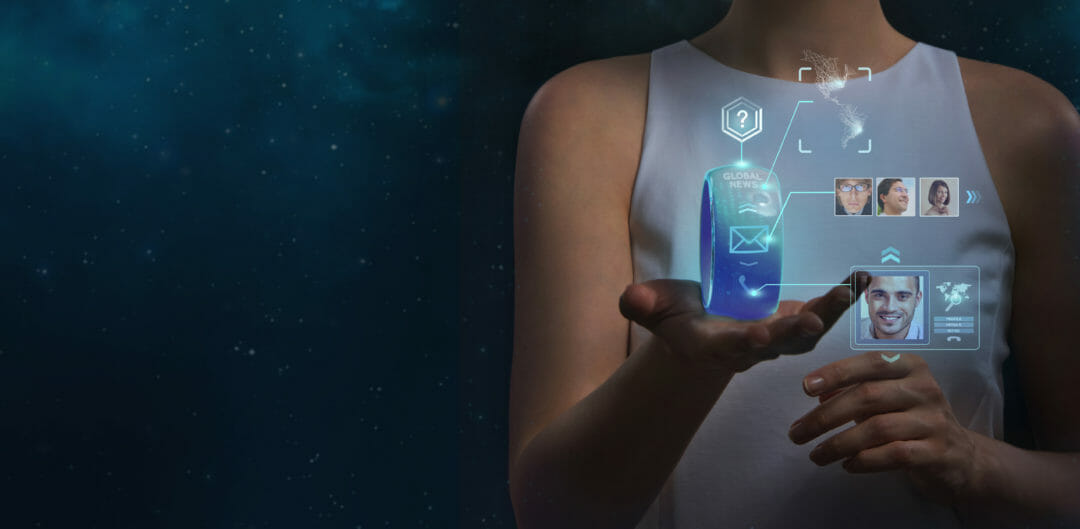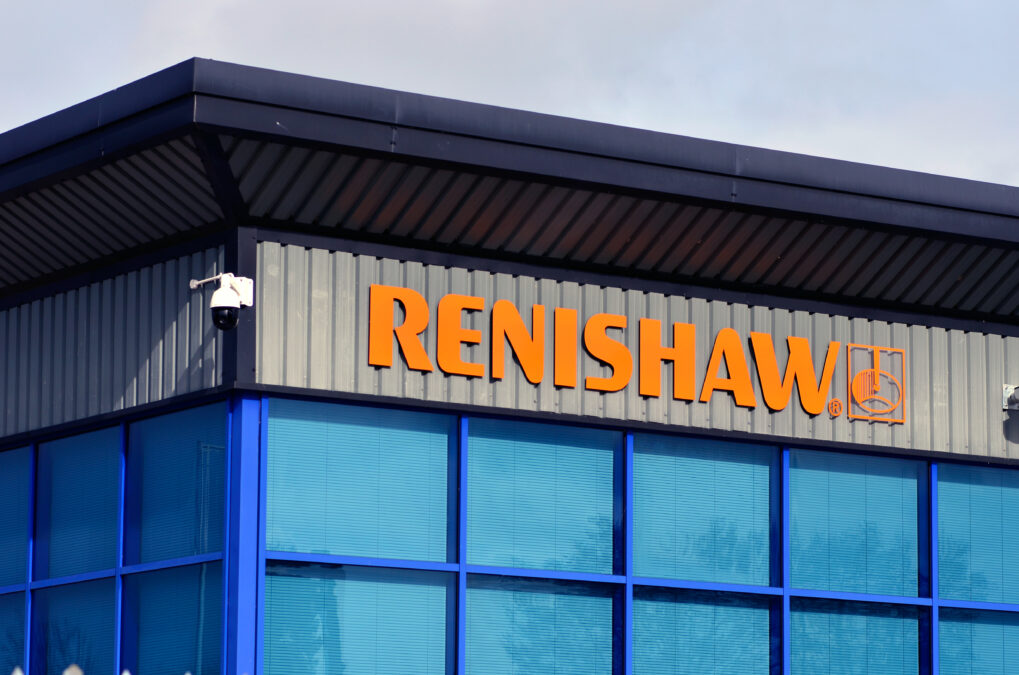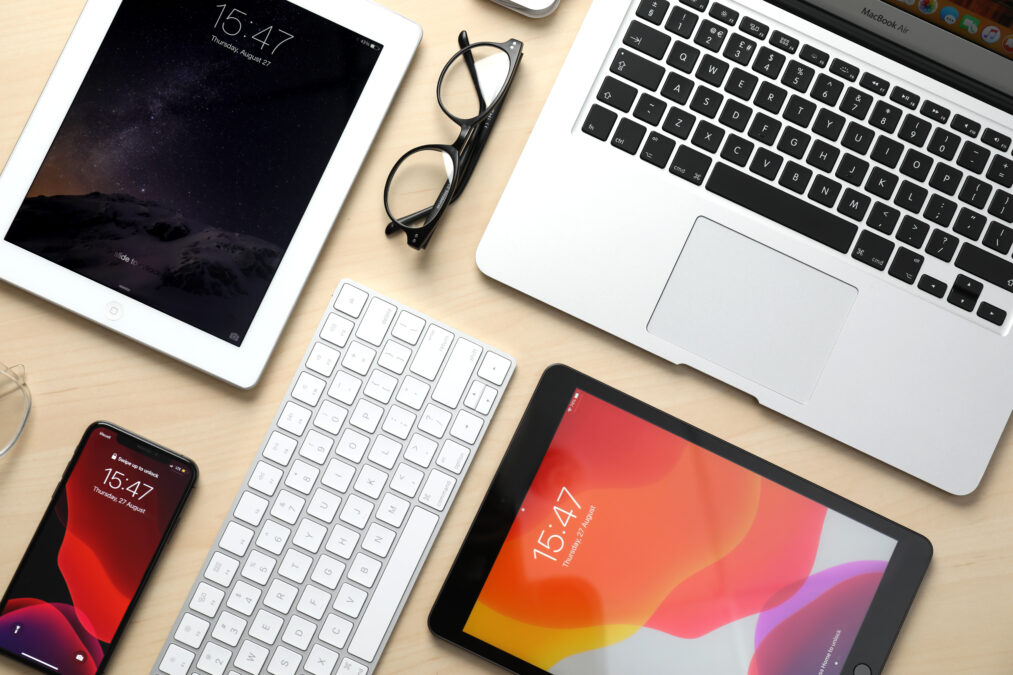Wearable hardware is nothing new, with its history traceable back to the sale of the first Bluetooth headset in 2000.
Nowadays, companies make use of wearable hardware in a variety of forms. While it’s useful within healthcare for monitoring the bodies of patients and collating real-time data, sectors that commonly leverage virtual reality (VR), such as education and engineering, use head-mounted displays (HMDs) to immerse end users in industry-related scenarios and other worlds.
But there’s always the matter of security to contend with when using wearable hardware, as with any technology, so it’s important to be wary of possible attacks to the software and data within. It can, therefore, have its risks in regards to the enterprise’s welfare as well.
Geolocation
For employees working for companies dealing in petroleum, wearable tech proves useful when it comes to tracking tools and backup components, while operating in usually dark, closed in environments.
How data is keeping the digital transformation flame burning in oil and gas
“A large oil and gas firm is using geolocation wearables, connected via an IoT network, for site workers across multiple fields and rigs,” said Didier Pagnoux, director for IoT solutions at Altran.
“It is also adding ‘wearable trackers’ for spare parts so workers can find them faster during emergencies, such as leakages. This is especially useful given how vast and extensive some fields, rigs and mines can be.
“Wearables are starting to play a major role in the oil and gas industry. This is significant because much of the oil and gas industry is rooted deeply in 20th century methodologies, systems and processes.”
Monitoring working conditions
Pagnoux continued by explaining how wearable hardware helps oil and gas companies to gain real-time insight into the environment in which their employees work, and gauge whether or not conditions are safe enough.
“Embedded sensors within safety jackets and helmets are also being used within mines and rigs to feed a range of data on the conditions workers experience,” he said. “This is to monitor the air quality and to prevent accidents.
“A few years ago, connectivity for remote oil fields, mines and rigs meant expensive satellite links, but today thanks to mobile networks, coverage is cheaper and more pervasive.
“So it’s easier for enterprises, like those in the oil and gas industry, to connect to wearables, and soon 5G will give these companies a new, more powerful lease of life.”
Five reasons to trust 5G, according to Huawei CTO
Gauging mental health
As previously mentioned, the healthcare sector in this day and age relies on wearable tech frequently when it comes to monitoring patients, due to its mostly minimal disruption on their lives.
According to Constanza Di Gennaro, chief operating officer at BioBeats, this isn’t limited to the matter of physical health.
“The approach to health in the workplace is incredibly fragmented,” she said. “There are multiple initiatives working in parallel but with no real connection.
“Mental Health cannot be isolated. It’s part of our general health, and it’s affected by our physiology as much as our psychology.
“Wearable technology allows us to make that connection, in a non-invasive way. By analysing Heart Rate Variability (HRV), through the use of wearables, we are able to understand users’ response to stressful events, but more importantly, their recovery after.
“We can also see the positive effects of activity and rest in mental wellbeing, by contextualising the information collected from the wearable with the psychometric inputs on the app. In other words, this technology connects the mind and body, to provide a comprehensive and ultimately more helpful solution.”
The risk of data breaches
For all the benefits wearable hardware has, however, the data involved in its operations can be at risk if it isn’t protected properly.
Health-related wearables, for example, feature masses of data that’s personal to patients, and can therefore be sensitive.
There is a real demand for AI in healthcare, but preserving privacy is key
“Once the data exists, there will always be a security risk,” said Marcus Vass, head of law firm Osborne Clarke‘s digital health team. “Generally, the more sharing that goes on between entities, such as sharing between a device company and an insurer, and the more data there is to share, the greater the opportunity for exposure.
“The best that can be achieved is for those risks to be mitigated as much as possible; they cannot be extinguished completely.
“If ethical and technical issues are resolved, then as with all new technology, the benefit of developing the use of wearables in this way should be weighed against those security risks.
“Potentially, more stringent rules may not be necessary, as the GDPR regime is stringent in itself; the developing question is implementing measures to ensure that those rules are met. This requires investment in security, staff and training.”






